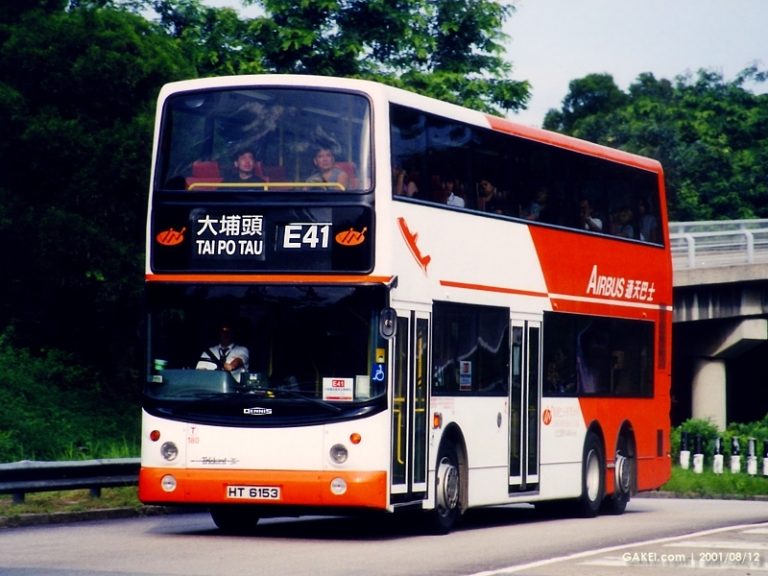A devastating fire at Wang Fuk Court in Hong Kong has triggered a significant transportation disruption, causing the prolonged closure of a critical section of Tai Po Road and forcing major changes to local bus routes. The incident has created substantial challenges for commuters in the Tai Po and surrounding areas, requiring careful navigation and advanced planning.
The most immediate impact is on the southbound stretch of the Tolo Highway, which remains closed between Nam Wan Road and the Tolo Highway. This closure has forced several key KMB bus routes—specifically routes 72, 72A, 73A, and 74A—to implement extensive detours. Passengers traveling from Tai Po towards Sha Tin and beyond are experiencing substantial route modifications, with multiple stops being completely skipped during these alternative journeys.
The Transport Department has confirmed that the affected section of Tai Po Road–Yuen Chau Tsai will remain closed for the foreseeable future, signaling a potentially extended period of disruption for local travelers. This situation demands proactive measures from commuters who rely on these transportation routes.

Travelers are strongly advised to take several preparatory steps to mitigate potential travel complications. These include planning journeys well in advance, allocating extra time for travel, and consistently monitoring the latest traffic information. To stay informed, residents can leverage multiple information channels such as radio bulletins, television broadcasts, and the Hong Kong eMobility app.
The broader implications of this incident extend beyond immediate transportation challenges. The deadly blaze has not only caused a major road closure but has also disrupted the daily commuting patterns of numerous residents in the Tai Po region and surrounding areas. The situation underscores the importance of adaptability and preparedness in urban transportation networks.
Commuters are encouraged to remain flexible and patient during this challenging period. By staying informed through reliable sources, planning alternative routes, and allowing extra travel time, residents can navigate these disruptions more effectively. The city’s transportation authorities continue to manage the aftermath of this tragic incident, prioritizing public safety and efficient traffic management.
As the community processes this event, the focus remains on supporting affected residents and maintaining as much normalcy as possible in the transportation infrastructure. The ongoing closure serves as a reminder of the unpredictable nature of urban environments and the critical importance of responsive emergency and transportation systems.
For those directly impacted, continuous monitoring of official communication channels will be crucial in understanding when normal transportation services might resume. The resilience of Hong Kong’s transportation network will undoubtedly be tested during this period, but historical evidence suggests the city’s ability to adapt and overcome such challenges.











